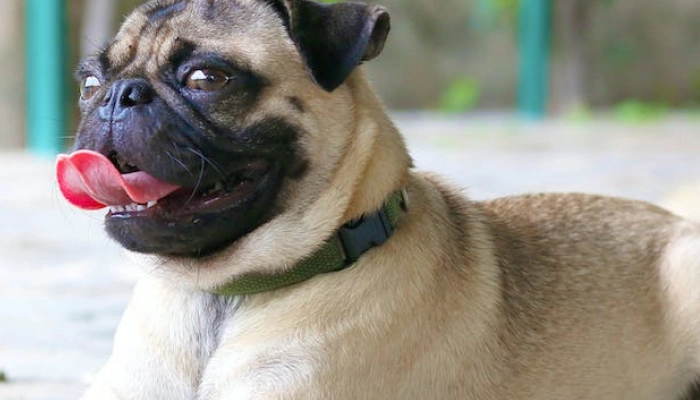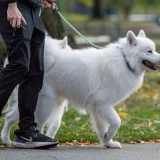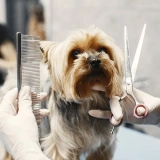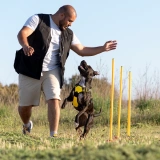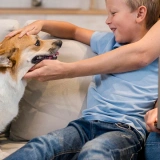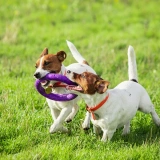The Pug is an ancient toy breed with origins in China, once adored by emperors and later becoming a favorite among European royalty. With its short muzzle, expressive eyes, and curled tail, the Pug is instantly recognizable and widely loved for its goofy, affectionate personality.
Despite their royal history, Pugs are famously down-to-earth. They thrive on human interaction and are happiest when cuddling, clowning around, or following their people from room to room. Their charm, humor, and sociable nature make them ideal family companions.
They’re generally easygoing but can be sensitive to heat and prone to snoring, thanks to their brachycephalic (flat-faced) anatomy. Daily walks and play keep them fit, but Pugs are just as happy curled up on the couch.

